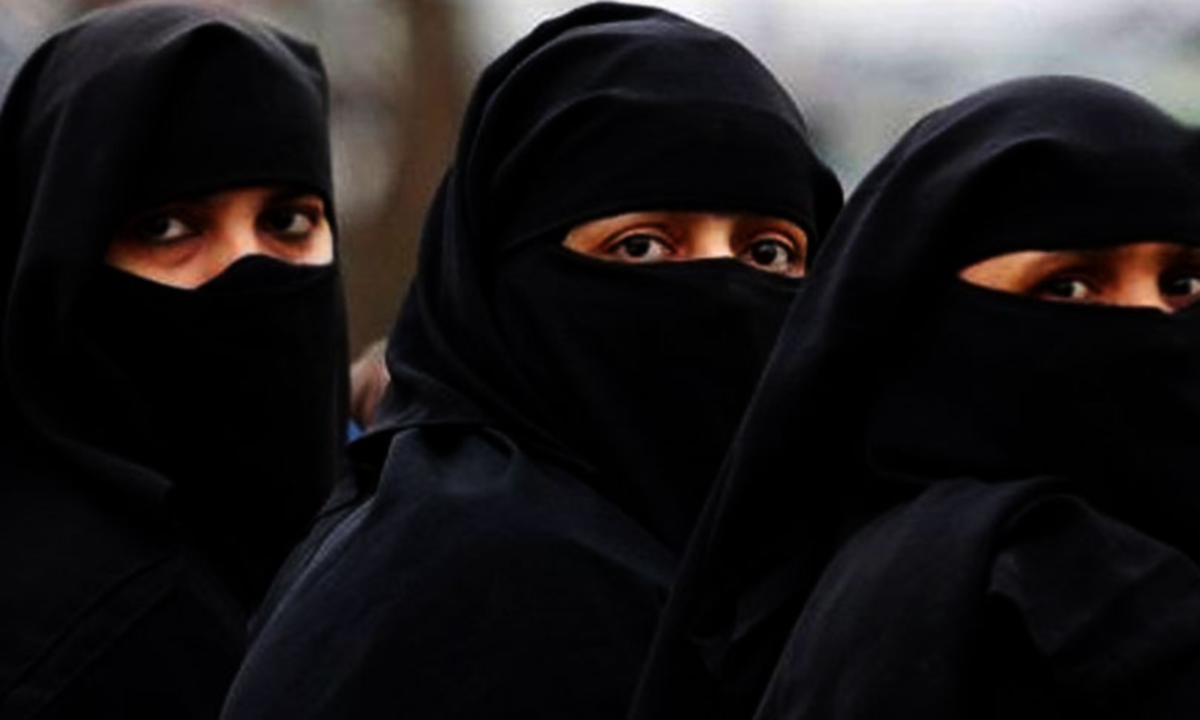- The INDUS-X Summit, which will take place in New Delhi on February 20-21, will represent a key milestone in India and the United States’ combined efforts in defence innovation.
INDUS-X
- The ‘INDUS-X’ conference, a joint endeavour between India and the United States, marks a watershed moment in bilateral defence cooperation by establishing strategic technology alliances and industrial engagement.
- Inception date: June 2023.
- The goal is to strengthen bilateral defence innovation and technology collaboration.
- Objectives:
- Increasing strategic collaboration: By broadening strategic technology alliances and defence industrial cooperation.
- Bridging Innovation Gaps: Create a defence innovation bridge that includes joint challenges, academic involvement, industry-startup collaboration, and investment in defence projects.
- Focus Areas:
- Promoting more horizontal cooperation across governments, academics, and laboratories, as well as vertical collaboration between established defence primes and startups or Small and Medium Enterprises (SMEs).
- Increase the number of points of interaction between startups and prime contractors for essential defence assets including jet engines, long-range artillery, and infantry vehicles.
- Supporting India’s goal of reaching $5 billion in defence exports by 2025.
- Contributing to the Indo-Pacific region’s stability and security.
- Key Participants:
- India’s Innovations for Defence Excellence (iDEX), U.S. Department of Defense, U.S.-India Business Council (USIBC), U.S. Chamber of Commerce, and Society of Indian Defence Manufacturers (SIDM).
About Innovations for Defence Excellence (iDEX)
- The Ministry of Defence, Government of India, introduced iDEX as a flagship initiative in 2018.
- Aim: To promote innovation and technological growth in the defence and aerospace sectors.
- The goal is to create an ecosystem that would enable the rapid development of new, indigenous, and innovative technologies for the Indian defence and aerospace sectors.
- Significance:
- Funding: The programme provides grants and cash to support research and development efforts as well as the fabrication of functioning prototypes of national security-related products/technologies.
- Inclusive Growth: The programme fosters a culture of interaction with creative companies, promotes co-creation in the defence and aerospace sectors, and enables a culture of technology co-creation and co-innovation.
- Engagement with the Industrial Sector: The programme focuses on bringing together industries, such as MSMEs, startups, and individual innovators, to develop technologically sophisticated solutions for modernising the defence and aerospace sectors.
- Collaboration: iDEX operates through a variety of programmes, including the Defence India Startup Challenge (DISC), which solicits issue statements from the Armed Forces, DPSUs, and OFB.
- Implementation of Program:
- The Defence Innovation Organisation (DIO), a non-profit business established under the Companies Act 2013, implements the iDEX framework and serves as a liaison between the Armed Forces and solution providers.
- As a result, the programme aims to make India self-reliant and self-sufficient in defence by encouraging innovation, entrepreneurship, and technological growth in the defence and aerospace sectors.
Source: https://www.thehindu.com/news/national/military-equipment-co-developed-by-india-us-can-be-used-to-dissuade-countries-from-going-to-mutual-adversaries/article67868477.ece



